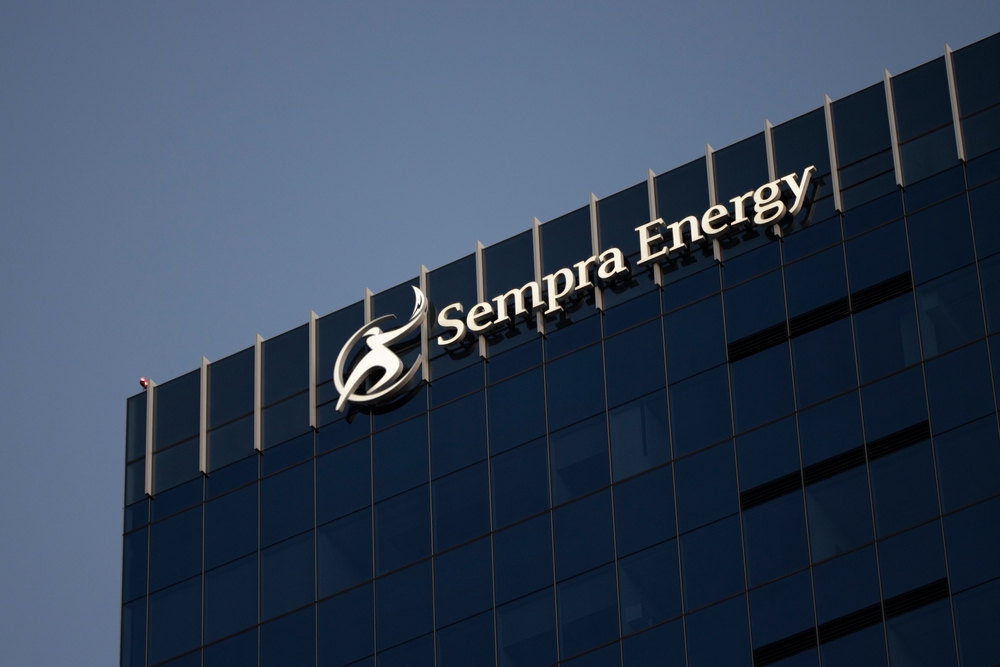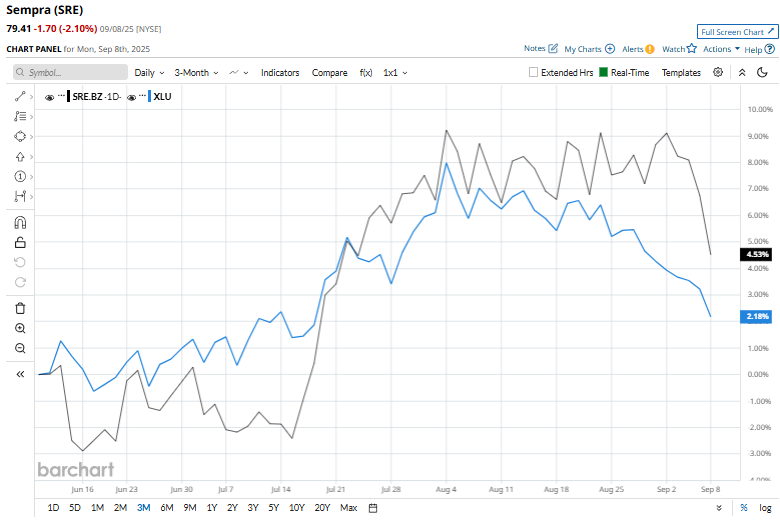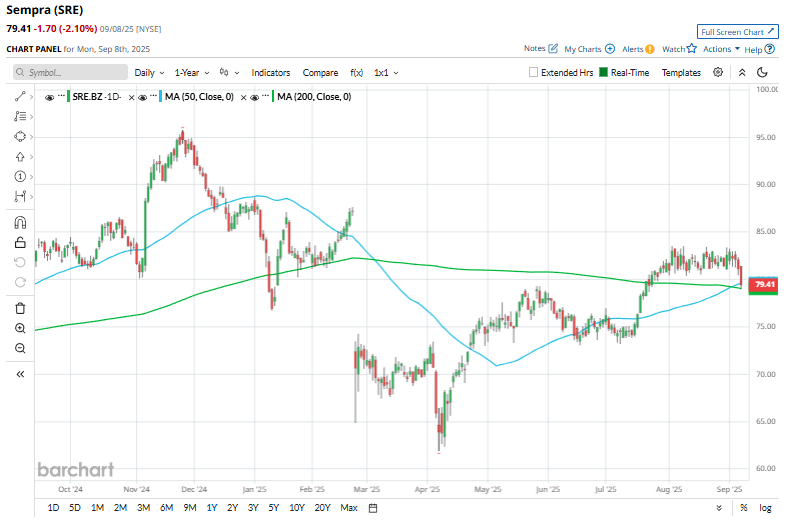
San Diego, California-based Sempra (SRE) is an energy services company involved in the sale, distribution, storage and transportation of electricity and natural gas. With a market cap of $51.8 billion, Sempra operates through Sempra California, Sempra Texas Utilities, and Sempra Infrastructure segments.
Companies worth $10 billion or more are generally described as “large-cap stocks,” Sempra fits the bill perfectly. Its dominant utility presence in California and Texas, a growing global LNG and infrastructure portfolio, and high-growth potential at Oncor, driven by electrification and data center demand, drives its market leadership.
However, Sempra has tanked 17.1% from its 52-week high of $95.77 touched on Nov. 25, 2024. Furthermore, SRE plummeted 3.3% over the past three months, trailing the Utilities Select Sector SPDR Fund's (XLU) 1.8% return over the same time frame.

Sempra’s performance has remained grim over the longer term as well. SRE has plunged 9.5% in 2025 and 3.3% over the past 52 weeks, compared to XLU’s 9.2% rise on a YTD basis and 8.8% gains over the past year.
To confirm the recent uptrend, Sempra has been trading above its 50-day and 200-day moving averages since mid-June.

On Aug. 7, SRE shares closed up by 1.8% after reporting its Q2 results. Its adjusted EPS of $0.89 exceeded Wall Street's expectations of $0.83. The company’s revenue stood at $3 billion, down marginally year over year. Operationally, Sempra highlighted continued progress in its strategic shift toward a more utility-centric model, including regulatory gains in Texas and major construction projects across its infrastructure portfolio. Additionally, SRE expects full-year adjusted EPS in the range of $4.30 to $4.70.
Top competitor, AES Corporation (AES) has also experienced the same challenges as SRE and has declined 1.2% in 2025 and 21.4% over the past year.
Among the 17 analysts covering the SRE stock, the consensus rating is a “Moderate Buy.” Its mean price target of $83.88 represents a 5.6% premium to current price levels.







